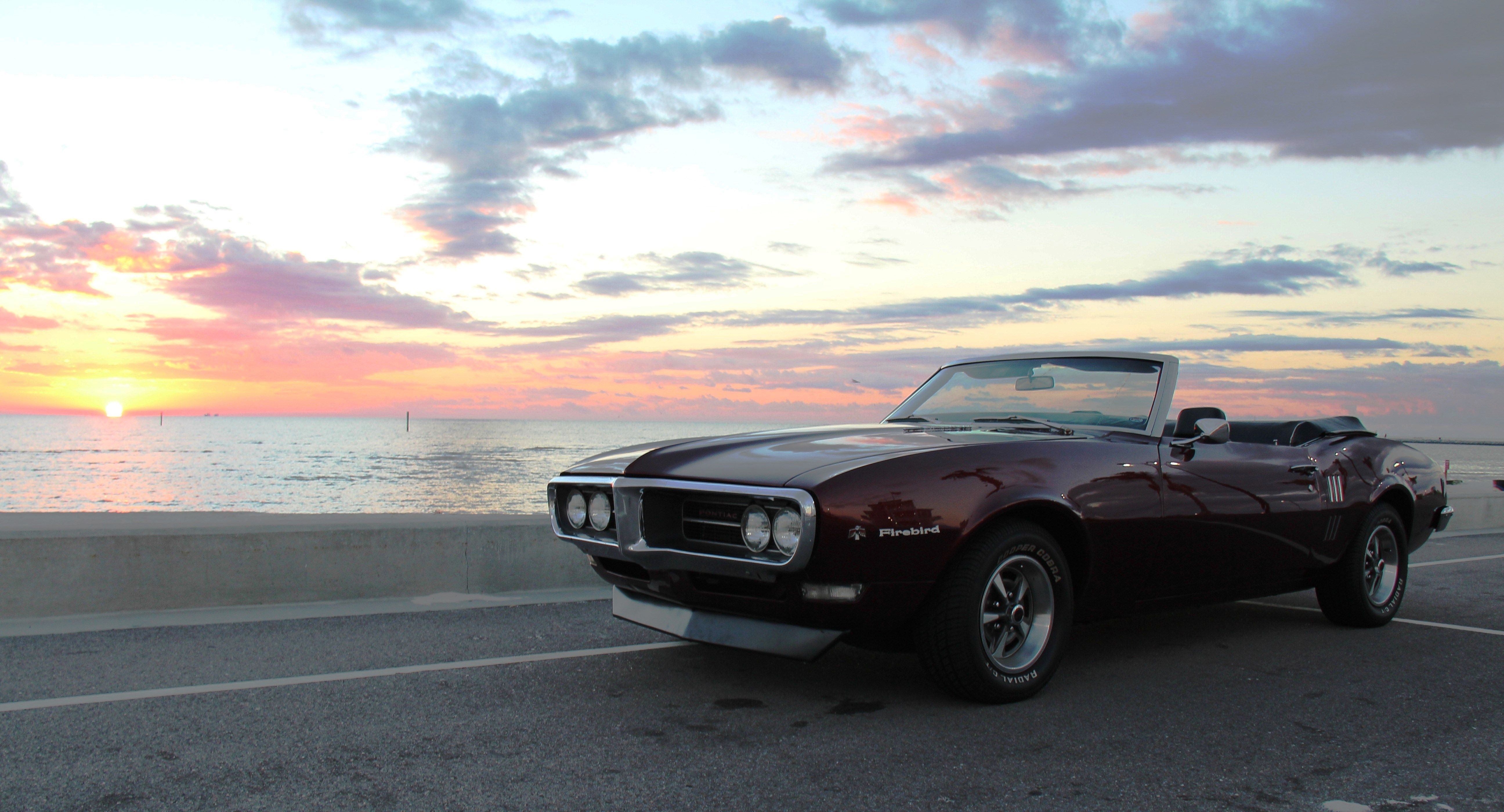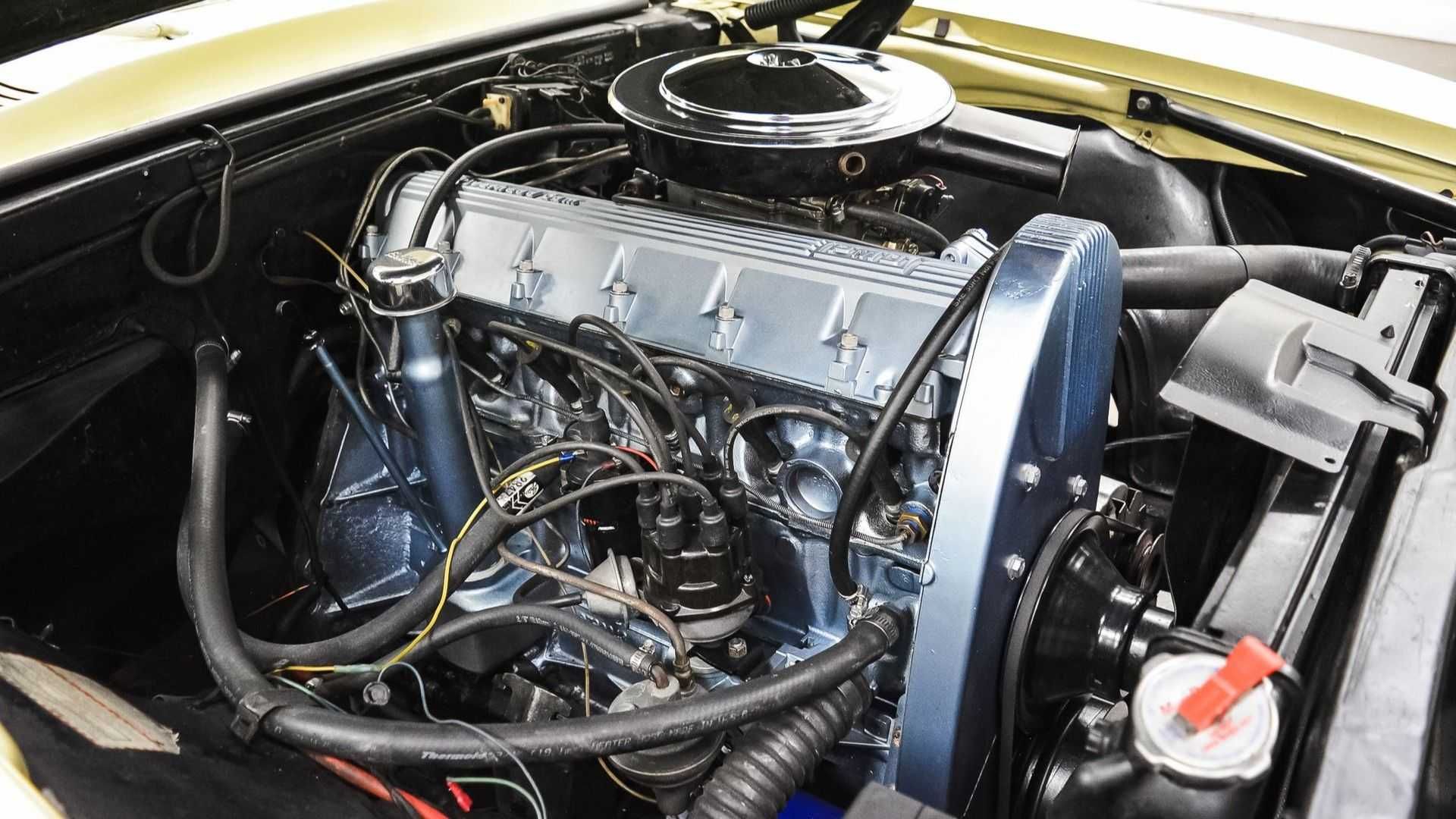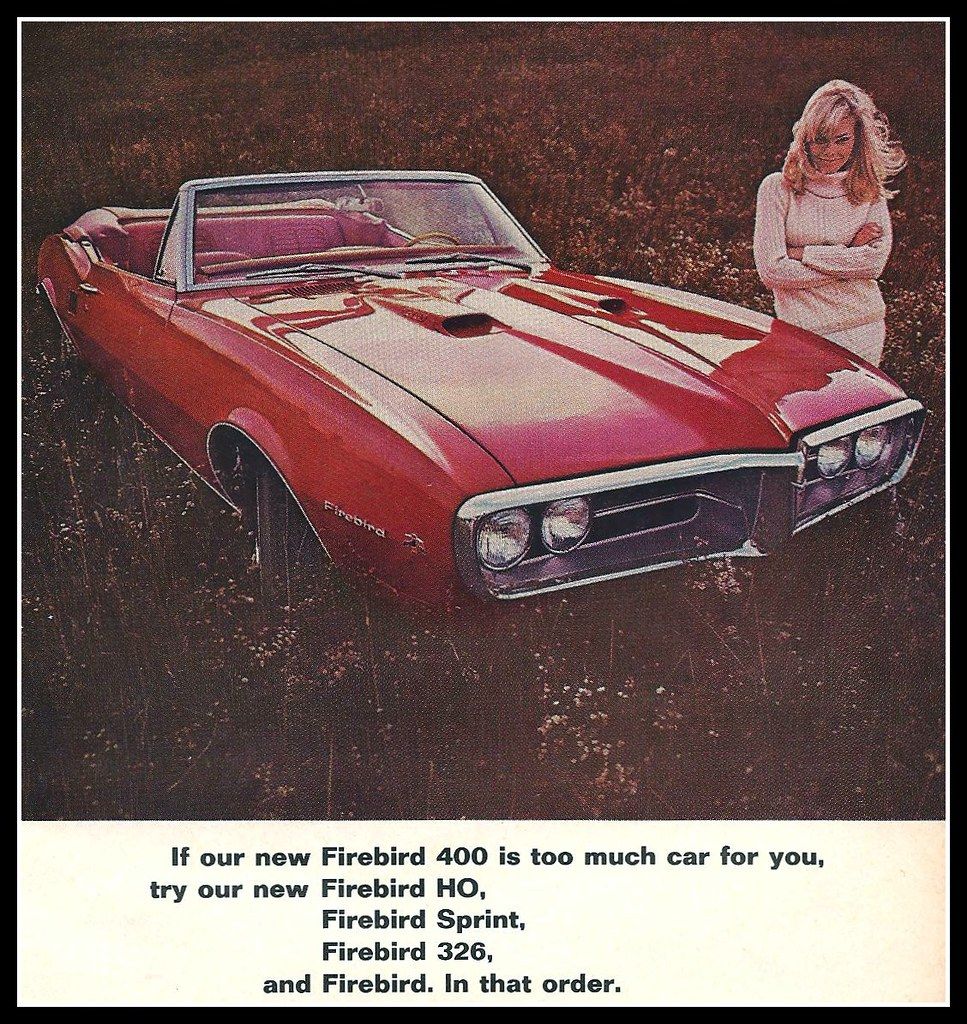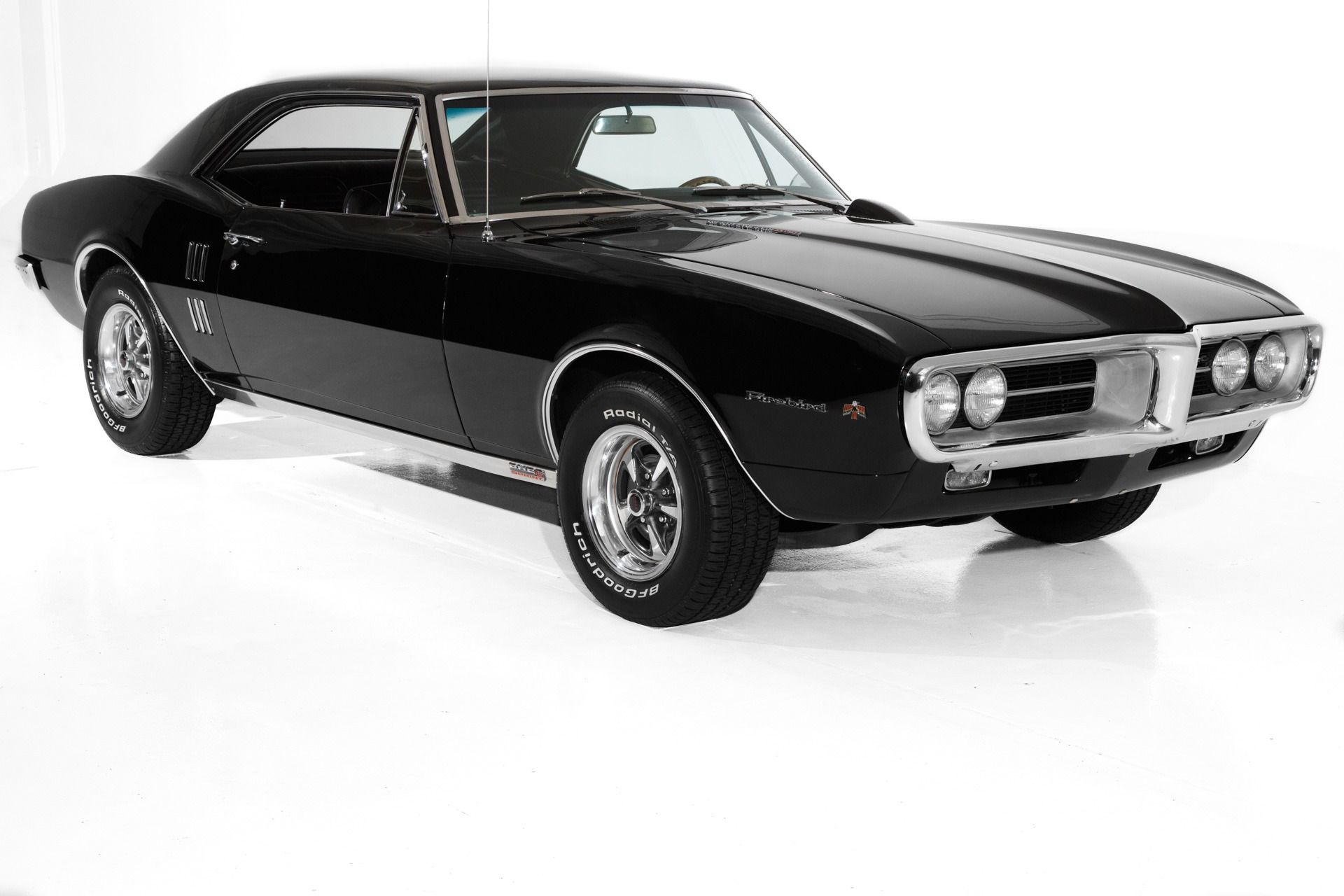Classic cars without V8s don't get much respect in the US. Not now, not in the ’60s. Plenty of V8 muscle cars are unfairly overlooked – but anything with less than eight cylinders rarely gets exposure, even from enthusiasts. However, from 1967-69 one pony car classic tried its hand at a straight-6 and ended up with well-balanced performance and peerless handling. The Pontiac Firebird Sprint was nimble and sophisticated, but because it wasn’t as fast as its big-block cousins, it is rarely treated as a major-league machine – which arguably makes it the most underrated muscle car.
Muscle cars are not known for their stellar handling. The minuscule tires of the era didn’t help. Oftentimes, cars would have so much torque that one of the front tires would lift off the ground under heavy acceleration. Indeed, the Camaro – upon whose platform the Pontiac was built, on the insistence of GM brass – had exactly such a problem. The car’s suspension also was severely underdeveloped and the rear end lost traction easily. Pontiac had their work cut out for them.
The Firebird was modified for good handling from the get-go. No less a man than Pontiac’s division head John DeLorean himself made sure of that. His vision for the Sprint in particular was to create an American car that could compete with European roadsters.
The Sprint’s 230ci straight-six made 215 horsepower and 240 lb-ft torque thanks to extensive tuning. The engine itself also featured some remarkable advances that made it more efficient and reliable. Its pioneering fiberglass-reinforced rubber timing belt was much quieter than a drive chain and much better at transferring power to the wheels than a gears setup. It featured America’s first mass-produced overhead-cam engine, an arrangement previously only used by the 1962 Jeep Tornado. Pontiac even managed to work around the thankless task of valve adjustment by adding hydraulic valve lifters and short rocker arms, which made the car easier to maintain.
It all came together in handling. Thanks to the small engine, the resulting Firebird Sprint was light and had a good power-to-weight ratio and weight distribution. The Firebird had already been modified for better handling, with multi-leaf springs and staggered shocks on the rear axle. For the Sprint, Pontiac further equipped the car with Posi-traction, heavy-duty suspension, and crucially, some wider tires.
The Sprint helped cement the Firebird’s reputation for agility, an attribute which made it stand out even from other pony cars. At the time, reviewers thought well of the handling and even the acceleration. However, there was still the buying public to impress. They had different standards.
The brutal truth, however, is that the Sprint could not perform on the usual muscle car metrics. A few numbers will illustrate. As stated before, even with all of the modifications to the engine the Sprint only cranked out 215 horsepower. Zero to sixty took 10 seconds. It completed the quarter-mile in 17.5 seconds. Those numbers barely compete with the faux “muscle cars” from the mid-’70s.
So is the Sprint even a muscle car? Buyers didn’t seem to think so. It used the right body and chassis, but it would have lost a stoplight drag race to virtually anything else of note, including absolute yachts from Pontiac’s own lineup like the Bonneville and Catalina. Perhaps a better candidate for underrated muscle car might be Buick’s GSX 455 Stage 1, a sheet metal asteroid which laid down a stunning 13.4-second quarter-mile time and smoked everything short of purpose-built bottle rockets like the Hemi Dart or the Yenko Nova SS?
These comparisons might not be fair. After all, the GSX is still recognized as a classic. DeLorean wasn’t trying to make a muscle car that would compete with muscle cars, he was trying to make a pony car variant that could compete with roadsters. So how did the Sprint compare to Europe’s best?
Relatively well, it turns out. The handling was already established as good, and the performance was on par with some of the motoring greats. Its acceleration might not have been at muscle car levels, but it could keep up perfectly well with British roadsters like the Austin-Healey 3000, the MG B, and the Triumph TR6, as well as German sports cars the BMW 2002, Mercedes 280SL, and all but the fastest models of the Porsche 356.
As a tire-shredder, the Sprint couldn’t keep up, not with 215 horsepower. The 326 V8 option was better value for money and the resulting build was faster – and the 400 HO was on par with the best from the competition. Unsurprisingly, then, most Firebirds weren’t equipped with the inline-six.
The Sprint is beautifully styled, nimble, easier to maintain than many old OHC cars, and it's surprisingly affordable. Despite the relative rarity of Firebird Sprints, they usually go for less than six figures. Comparing the Firebird Sprint on its own merits – as a muscle car looking to barge into the European old boys club – better helps us appreciate what a good car it was.
Sources: Ward's Automotive Yearbook and The Muscle Car: History of American Performance Cars by Randy Leffingwell and Darwin Holmstrom and photography from David Newhardt




